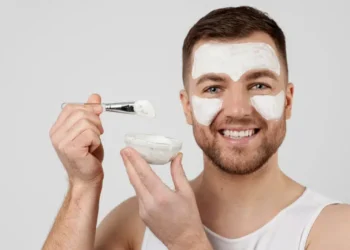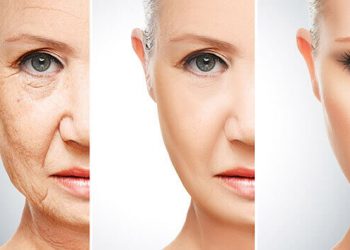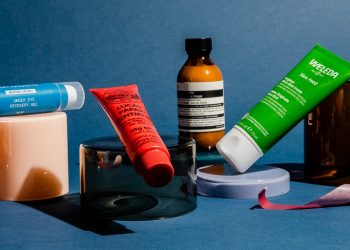Skin cancer is one of the most treatable cancers if caught early. In a sunny country like Thailand, spotting the signs early gives you a better shot at simple treatment and recovery. Spending time outdoors is part of daily life, but that regular sun exposure adds up. Understanding how early signs show up helps people know when to act.
Changes in Moles or Skin Marks
Changes in the skin are usually the first thing people notice. This might be a new spot that wasn’t there before or a change in an existing mole. These changes could include the size, shape, or colour. If a mole becomes irregular, has uneven borders, or looks different from others nearby, it’s worth getting checked.
Sores That Don’t Heal
Another thing to watch for is a sore that doesn’t heal. Most cuts and scrapes clear up quickly, but if a spot stays open, crusty, or keeps bleeding, it may be more than just a stubborn scab. This is especially true if the area feels itchy, tender, or starts to grow.
Types of Skin Cancer
The three main types of skin cancer are basal cell carcinoma, squamous cell carcinoma, and melanoma skin cancer, which is the most serious. Melanoma can spread if not treated quickly, so spotting unusual marks or sudden changes on the skin is important.
Who Is at Risk?
People with lighter skin are more at risk, but anyone can get skin cancer. It often appears on areas that get the most sun, like the face, ears, neck, and arms. However, it can also develop in less obvious places such as the soles of the feet or under fingernails. These spots can be easy to miss.
Staying Safe in Thailand’s Sun
Living in Thailand means high UV exposure nearly all year. Wearing sunscreen, covering up with clothing, and staying in the shade during peak hours are smart habits. But even with protection, it’s still important to check the skin regularly. Monthly self-checks and yearly skin exams with a doctor can help catch problems early.
Other Symptoms to Watch For
Some skin cancer symptoms may feel more like a rash or irritation than a mole. Scaly patches, raised growths, or shiny lumps that appear suddenly should also be looked at. Trusting your instincts and noticing what feels “off” is often the first step in catching something early.
When to See a Doctor
If you spot a change that doesn’t seem right, it’s a good idea to see a dermatologist. In Thailand, many clinics offer quick checks or screenings, making it easier to stay on top of skin health. Early diagnosis means simpler treatment and better results.
What Else Can Increase Risk?
While sun exposure is the main cause, other things like family history, weakened immune systems, or certain medications can increase risk. Even those who don’t spend much time in direct sun can develop skin cancer, so regular checks are important for everyone.
Staying Aware and Taking Action
Spotting skin changes early gives the best chance at easy treatment. Knowing what to look for, protecting your skin, and seeing a doctor when something changes are all part of staying safe in a tropical climate.







